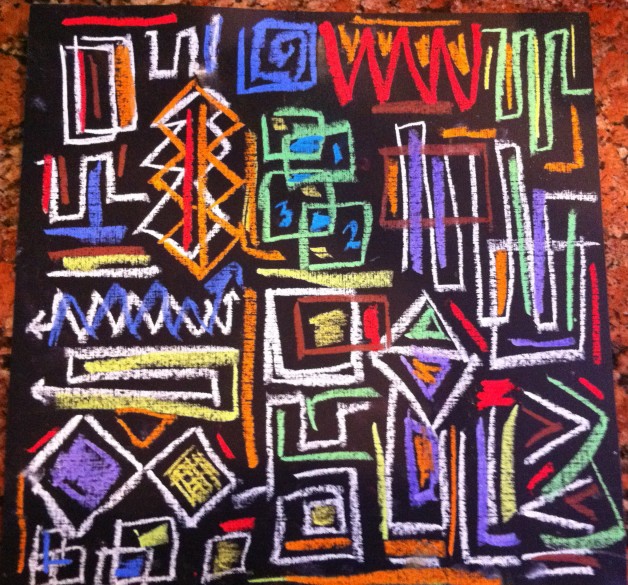
As I write my novel, Shadow Gardens, I am grappling with the problem of transitions. I end one chapter in the “present” action and then flip to a scene in the protagonist’s “past.”
Sometimes, the connections are quite clear, and often, the connections between the chapters are only clear to me – as my trusted readers in the Book Writing World workshop tell me. J
Yesterday, while rummaging through my old notebooks from graduate school, I came across some sage advice from the late great Lucille Clifton. Even though her advice was in the context of poetry, I think it applies to prose, too; both fiction and non-fiction.
Her advice was simply this: end on an image, not an explanation. An image is an echo, a reverberation of something else. The reader has to use his or imagination to see the image, she said, and therefore, more fully experiences the moment the writer has created.
What images are you “holding” in your head as your write? How do those images shape what you are writing?
Devi Laskar is a founding member of the Book Writing World. She holds an MFA in creative writing from Columbia University, is a rabid Tar Heel basketball fan and will be reading some of her work on April 9 at the Sacramento Poetry Center in CA.

This is great, Devi, and reminds me of another other thing that might help, as well. Charles Baxter, in Burning Down the House, talks about rhyming images, images that echo each other. If you begin the next section with an image that “rhymes” with the image that closes the preceding chapter, you might get a wonderful well of echoes . . .